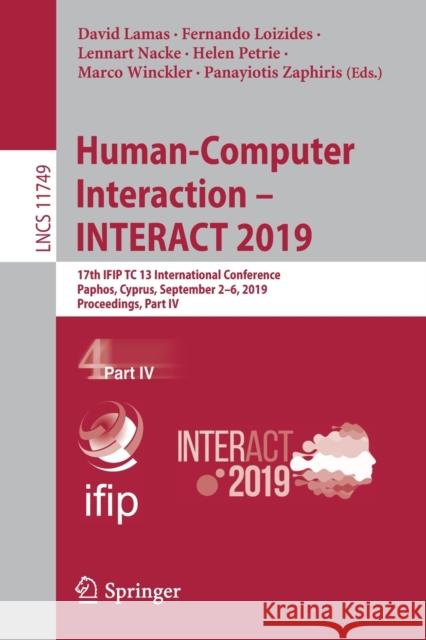Human-Computer Interaction - Interact 2019: 17th Ifip Tc 13 International Conference, Paphos, Cyprus, September 2-6, 2019, Proceedings, Part IV » książka
topmenu
Human-Computer Interaction - Interact 2019: 17th Ifip Tc 13 International Conference, Paphos, Cyprus, September 2-6, 2019, Proceedings, Part IV
ISBN-13: 9783030293895 / Angielski / Miękka / 2019 / 766 str.
Human-Computer Interaction - Interact 2019: 17th Ifip Tc 13 International Conference, Paphos, Cyprus, September 2-6, 2019, Proceedings, Part IV
ISBN-13: 9783030293895 / Angielski / Miękka / 2019 / 766 str.
cena 476,14
(netto: 453,47 VAT: 5%)
Najniższa cena z 30 dni: 454,97
(netto: 453,47 VAT: 5%)
Najniższa cena z 30 dni: 454,97
Termin realizacji zamówienia:
ok. 22 dni roboczych.
ok. 22 dni roboczych.
Darmowa dostawa!
Kategorie:
Kategorie BISAC:
Wydawca:
Springer
Język:
Angielski
ISBN-13:
9783030293895
Rok wydania:
2019
Wydanie:
2019
Ilość stron:
766
Waga:
1.09 kg
Wymiary:
23.39 x 15.6 x 4.04
Oprawa:
Miękka
Wolumenów:
01
Dodatkowe informacje:
Wydanie ilustrowane











